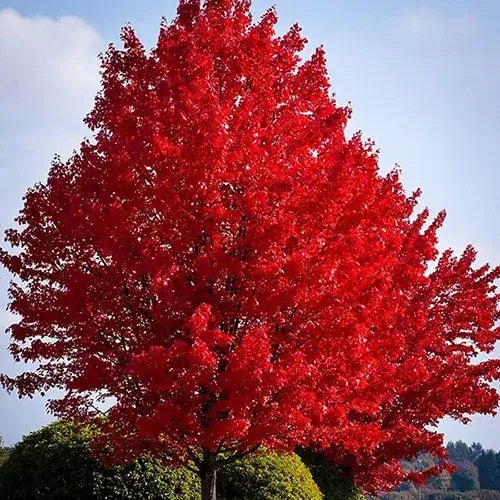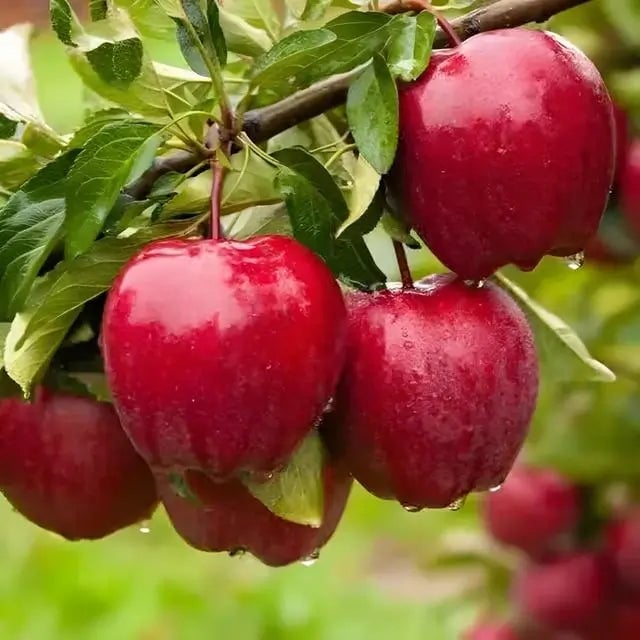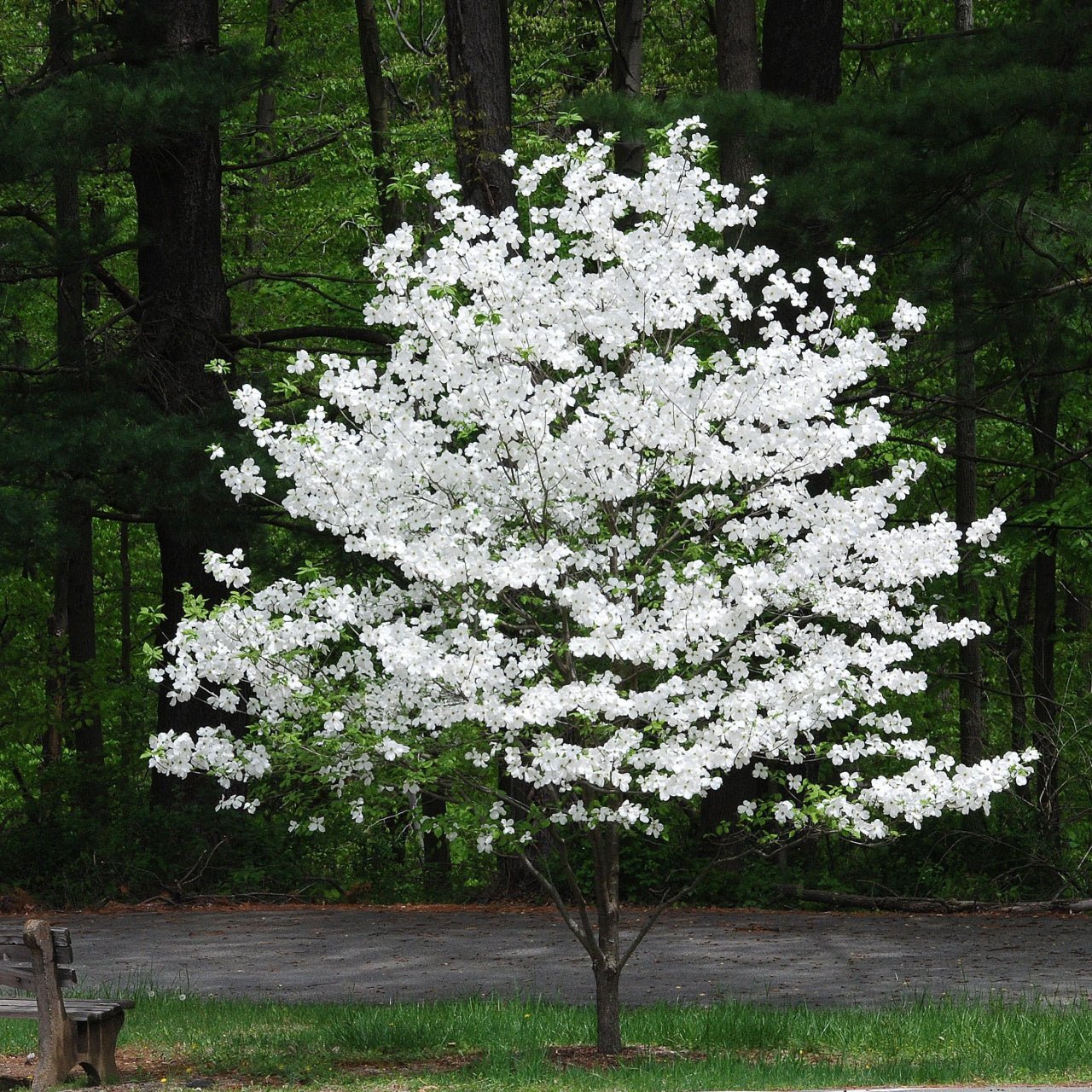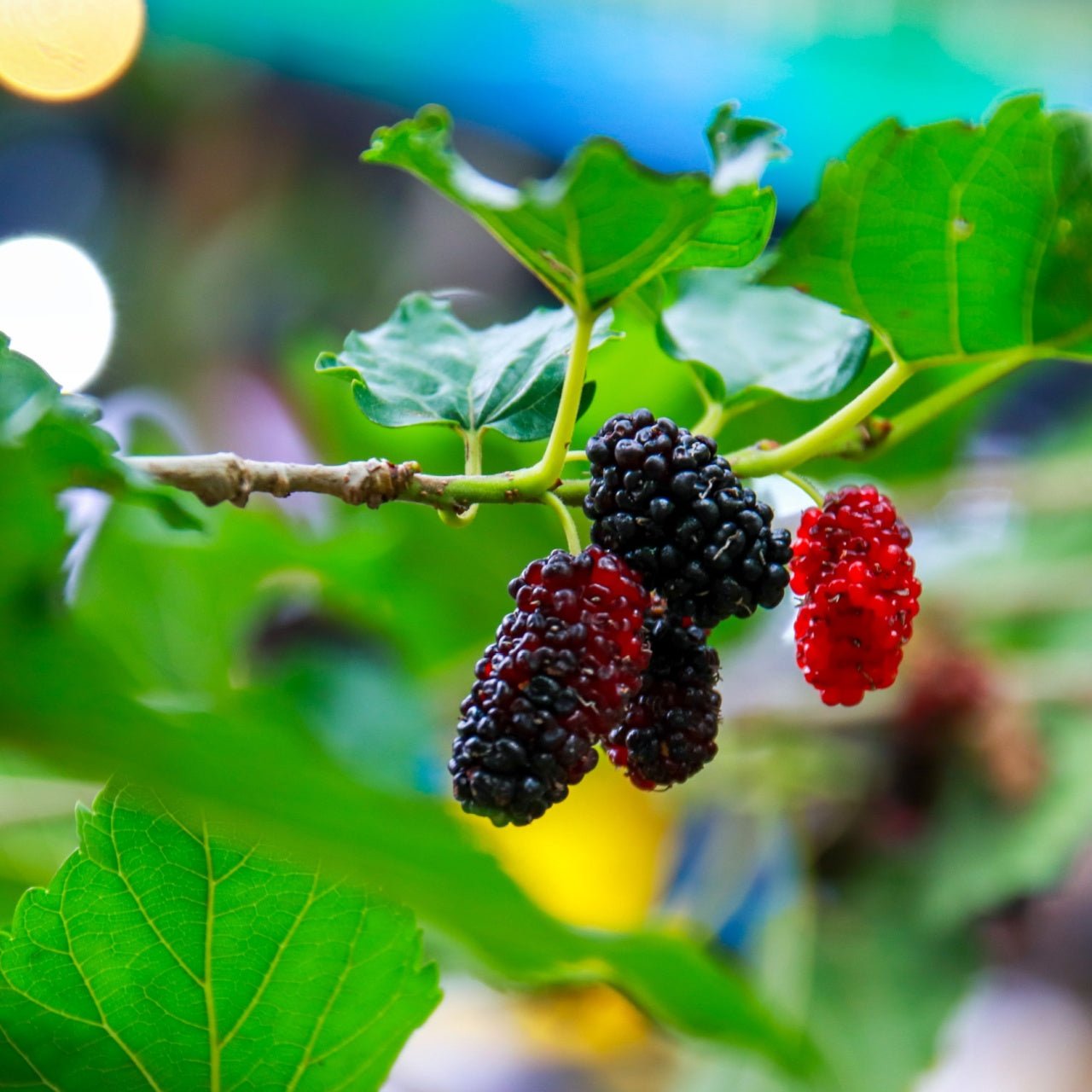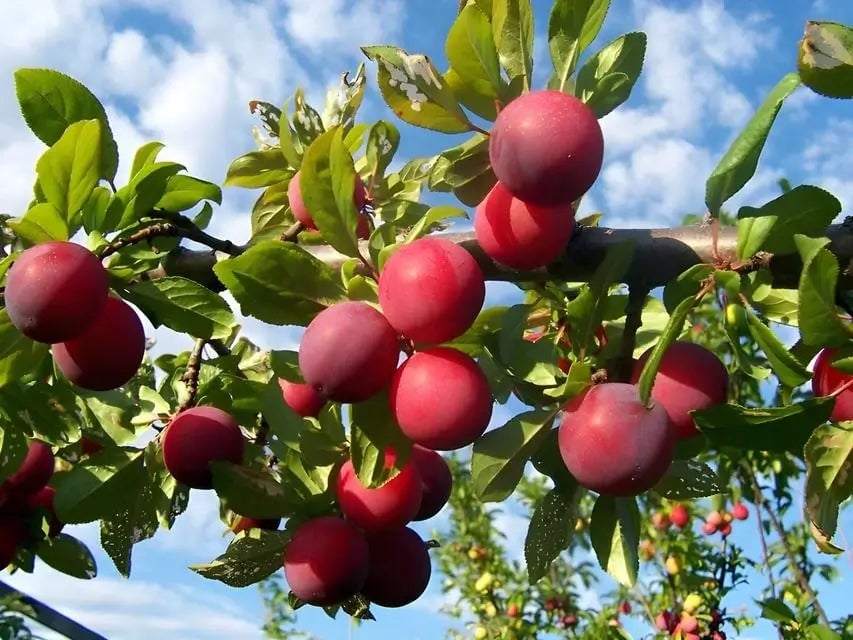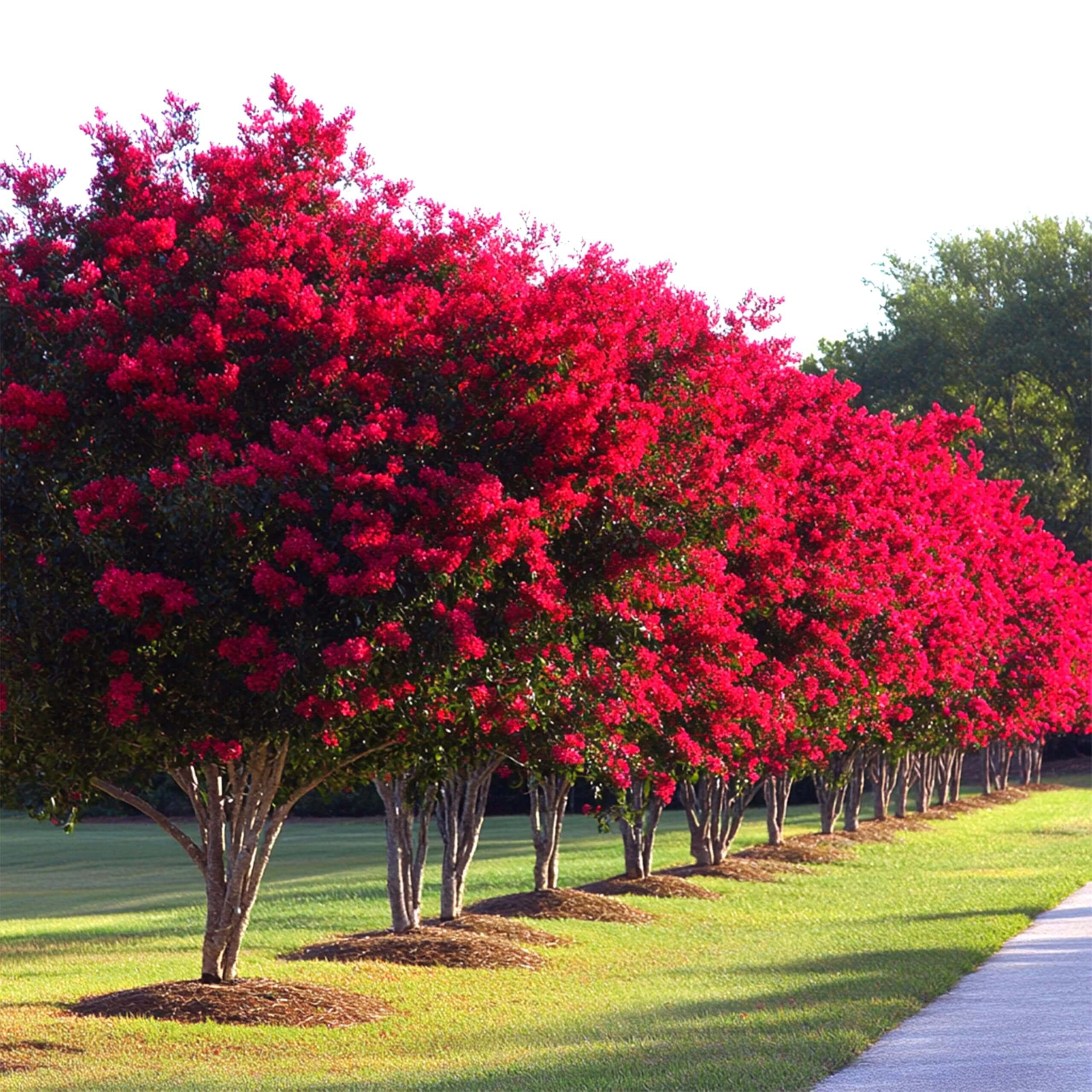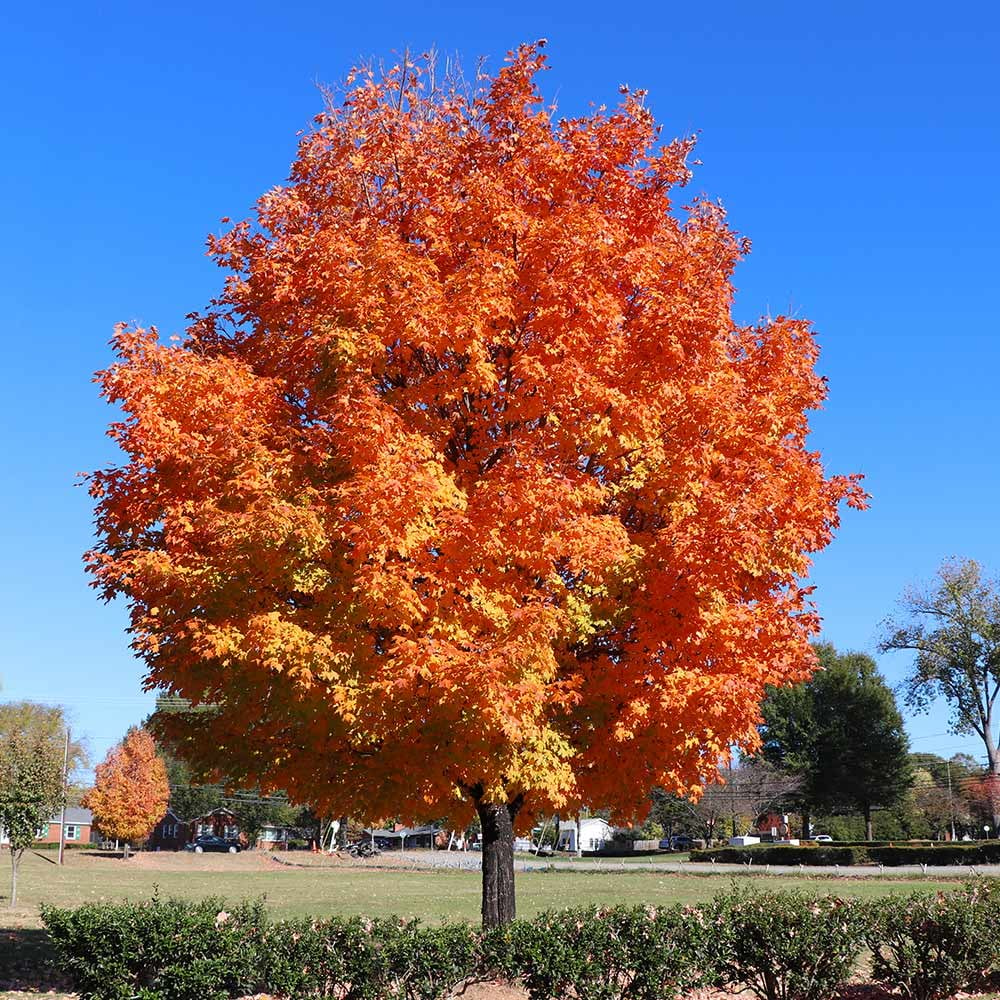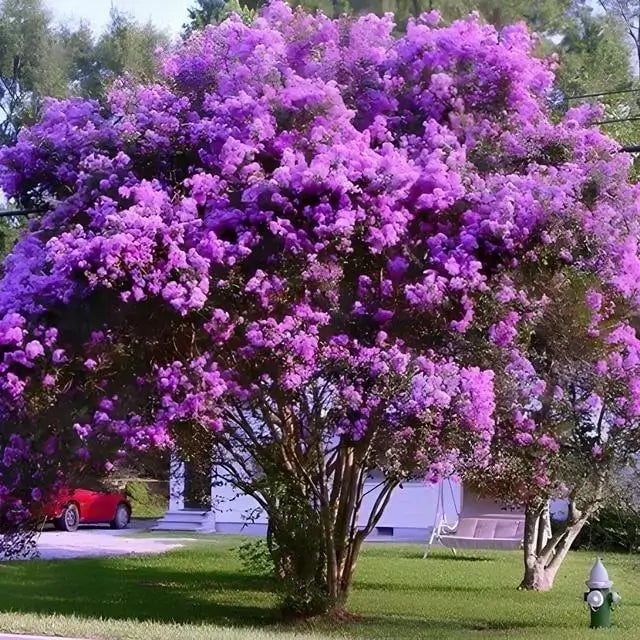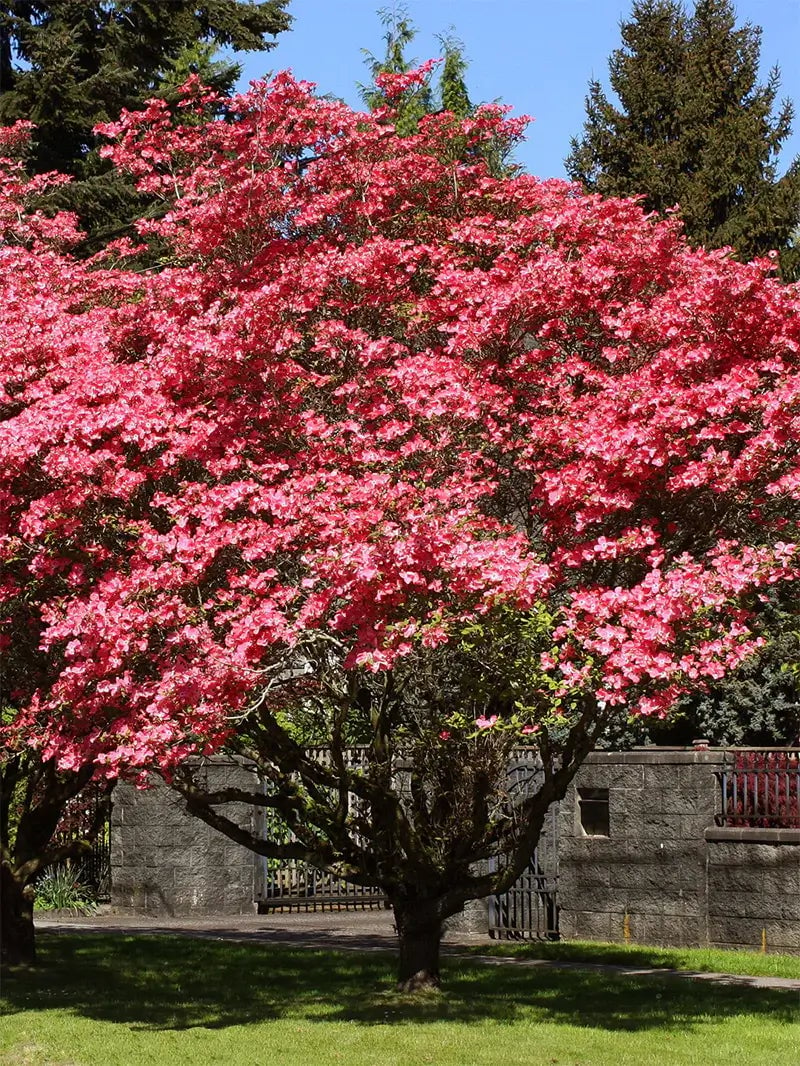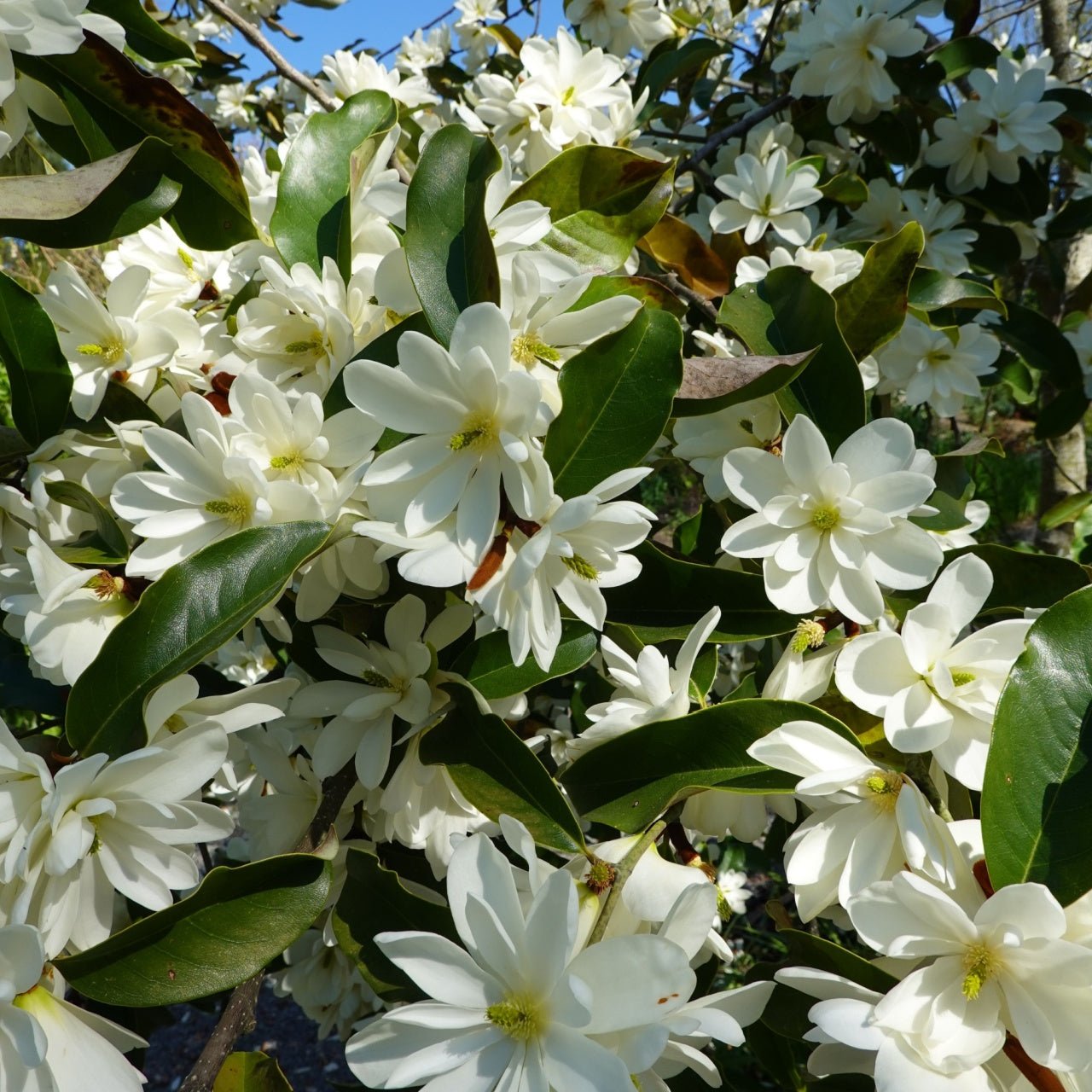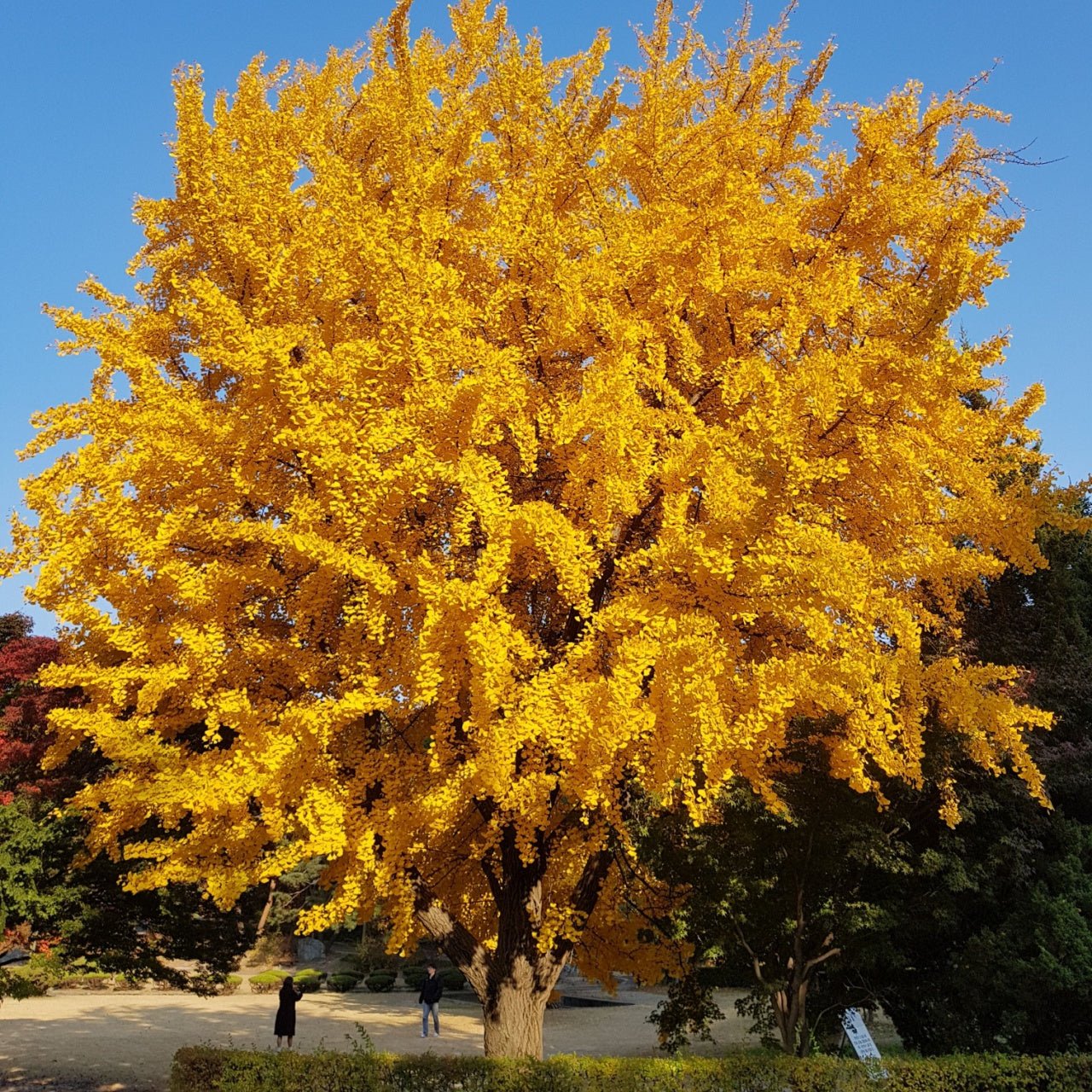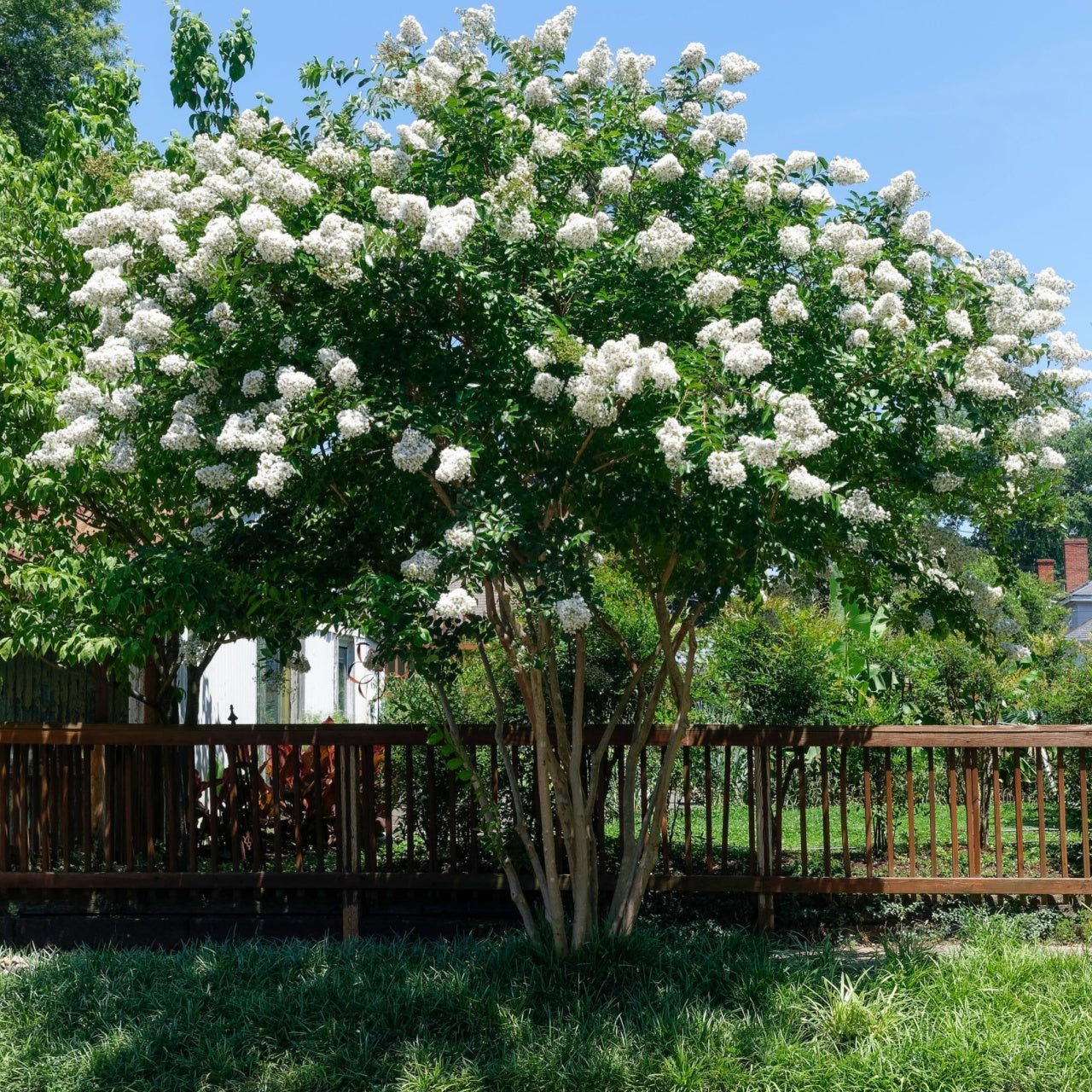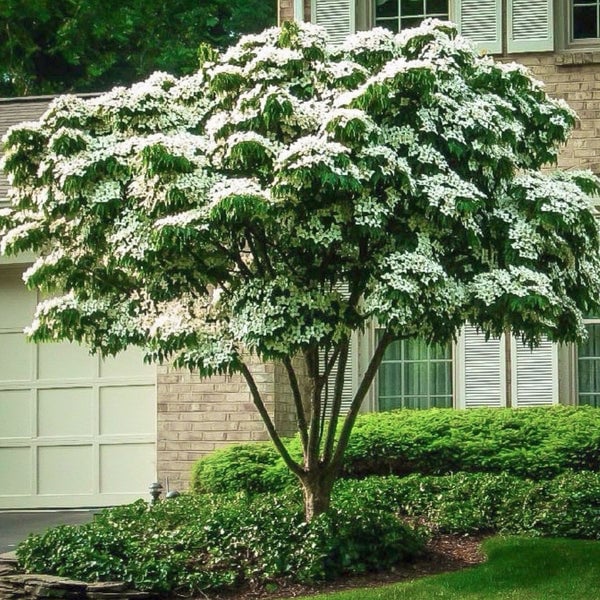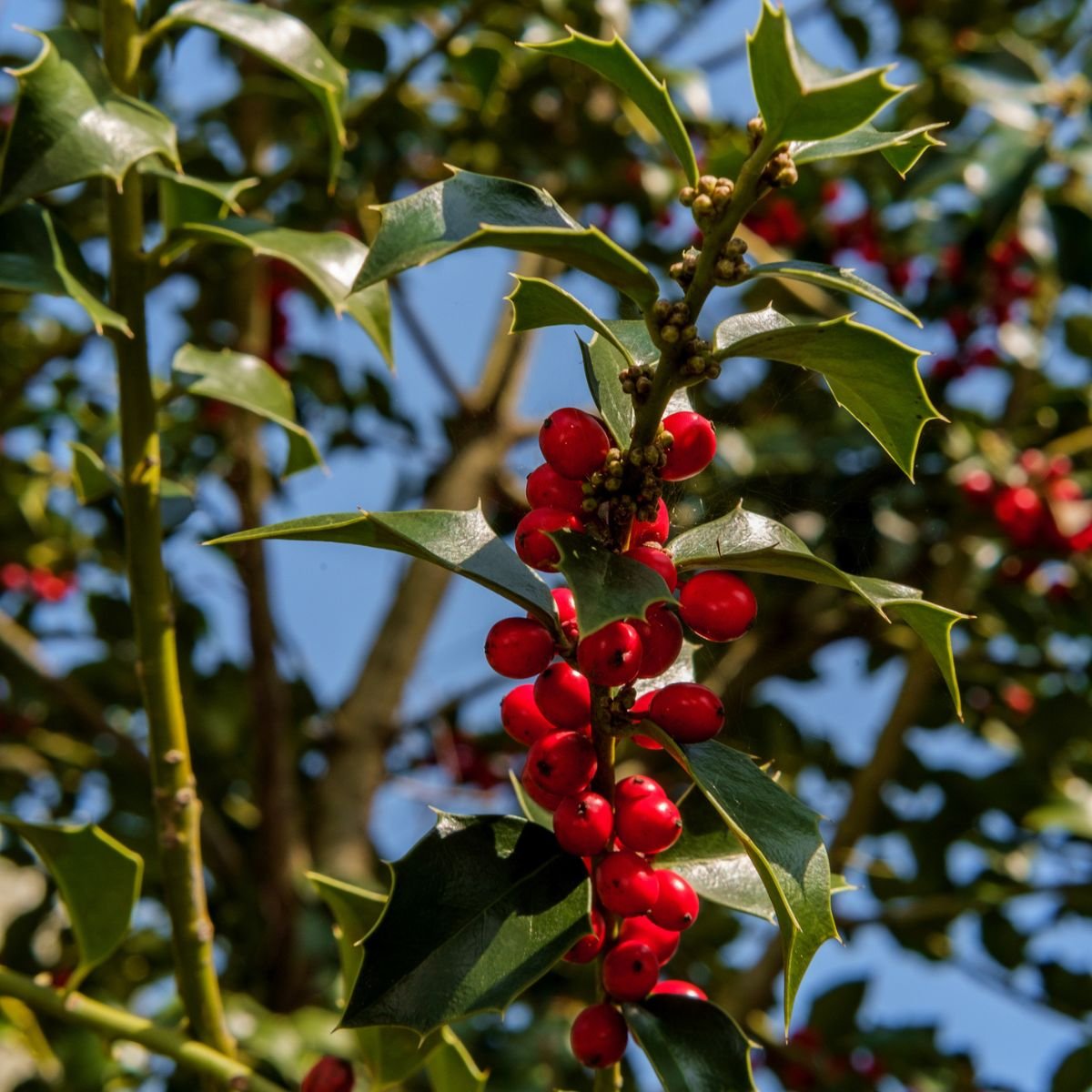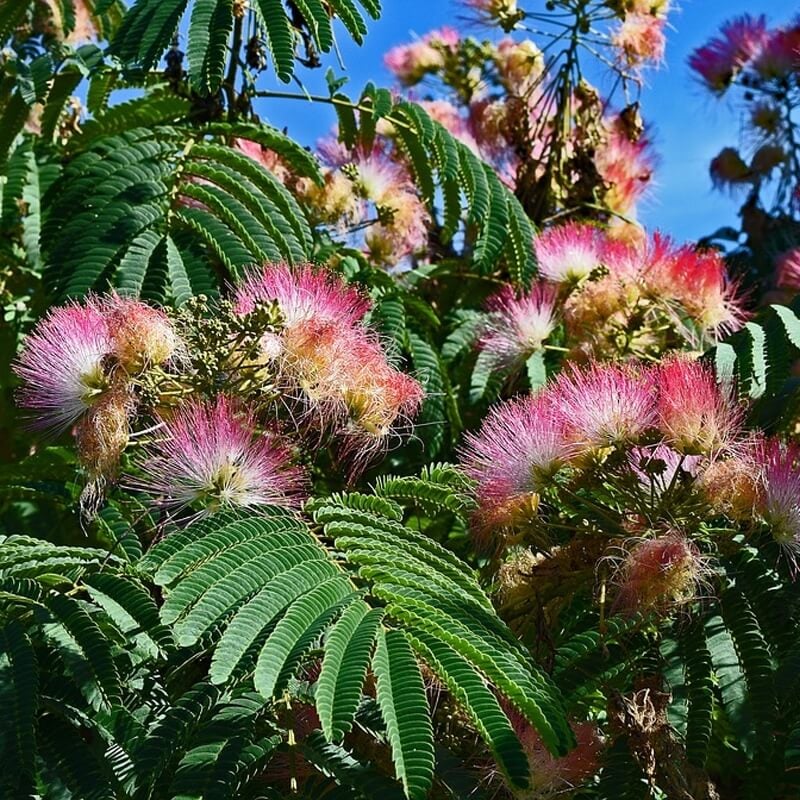Sale priceFrom $19.99
Sale priceFrom $19.99
Sale priceFrom $19.99
Sale priceFrom $19.99
Sale priceFrom $19.99
Sale priceFrom $19.99
Sale priceFrom $19.99
Sale priceFrom $19.99
Sale priceFrom $19.99
Sale priceFrom $19.99
Sale priceFrom $19.99
Sale priceFrom $19.99
Sale priceFrom $19.99
Sale priceFrom $19.99
Sale priceFrom $19.99
Sale priceFrom $19.99
Sale priceFrom $19.99
Sale priceFrom $19.99
Sale priceFrom $19.99
Sale priceFrom $19.99
Sale priceFrom $24.99
Sale priceFrom $19.99
Sale priceFrom $19.99
Sale priceFrom $19.99
Sale priceFrom $19.99
Sale priceFrom $19.99
Sale priceFrom $19.99
Sale priceFrom $19.99
Sale price$4.99
Sale priceFrom $19.99
Sale priceFrom $19.99
Sale priceFrom $21.99
Sale priceFrom $19.99
Sale priceFrom $19.99
Sale priceFrom $19.99
Sale priceFrom $21.99


